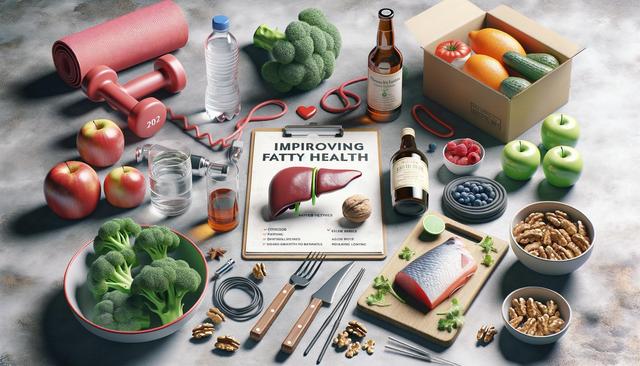Understanding the Basics of Composting
Composting is a natural process that breaks down organic materials like food scraps and yard waste into a nutrient-rich substance known as humus. This process relies on the presence of oxygen, moisture, and microorganisms, which work together to decompose the material efficiently. Home composting can be done using a bin, pile, or more advanced systems, depending on the space and resources available. It helps divert waste from landfills, reduces methane emissions, and contributes to healthier soil ecosystems.
To start composting, you’ll need a balanced mix of ‘greens’ and ‘browns.’ Greens include items rich in nitrogen, such as fruit and vegetable scraps, coffee grounds, and grass clippings. Browns are carbon-rich materials like dried leaves, newspaper, and cardboard. Keeping a good ratio of these elements ensures faster decomposition and helps prevent unpleasant odors. It’s important to turn the pile regularly to add oxygen and maintain moisture levels similar to a wrung-out sponge.
Choosing the Right Composting Method
There are several composting methods suited for different lifestyles, budgets, and space constraints. The method you choose will depend on your specific needs and the amount of organic waste you generate.
Here are a few common home composting techniques:
- Backyard composting: Ideal for those with outdoor space. It involves a compost bin or open pile in your yard.
- Vermicomposting: Uses worms (usually red wigglers) to break down food scraps. Great for indoor use or small spaces.
- Bokashi composting: A fermentation process that uses a special bran to pre-process food waste, including meat and dairy.
- Compost tumblers: Enclosed bins that can be rotated, speeding up the composting process and minimizing mess.
Each method has its advantages and limitations. For instance, vermicomposting is low-odor and compact but requires careful maintenance of the worm habitat. Bokashi composting handles more types of food waste but requires a two-step process. Researching and possibly experimenting with different systems can help you find the most suitable approach.
What to Compost and What to Avoid
Knowing what can and cannot be composted is crucial to successful composting. While the goal is to recycle as much organic matter as possible, some items can disrupt the composting process or attract pests.
Materials you can compost include:
- Vegetable and fruit scraps
- Eggshells
- Coffee grounds and filters
- Tea bags (check if they are biodegradable)
- Grass clippings and yard trimmings
- Shredded newspaper and cardboard
Avoid composting the following items:
- Meat, dairy, and oily foods (they attract pests and slow decomposition)
- Pet waste (contains harmful pathogens)
- Glossy or coated paper
- Diseased plants or invasive weeds
- Plastic, glass, or metal
Being selective about what goes into your compost ensures a healthier, more efficient decomposition process and results in a higher-quality compost product.
Troubleshooting Common Composting Issues
Even with proper setup, composting can sometimes present challenges. Odors, pests, and slow decomposition are common issues faced by beginners. Fortunately, most problems have simple fixes once the underlying cause is identified.
Here are tips for resolving common compost problems:
- Bad smell: Usually caused by too many wet greens or lack of airflow. Add more browns and turn the pile to increase aeration.
- Pests: Attracted by meat or dairy in the pile. Remove these items and ensure the bin is sealed properly.
- Compost not breaking down: Check the green-to-brown ratio, moisture levels, and aeration. Adding smaller pieces of material can speed up the process.
- Too dry: Add water gradually and mix well. Covering the pile can also help retain moisture.
Regular monitoring and small adjustments can go a long way in maintaining a healthy composting system. Over time, you’ll become more familiar with your compost’s needs and be able to manage it more intuitively.
Using Your Finished Compost
Once your compost is dark, crumbly, and earthy-smelling, it’s ready to use. This finished product is a fantastic soil conditioner that can greatly enhance your garden’s health. Compost improves soil structure, increases its ability to retain water, and provides essential nutrients for plant growth. It can be used in various ways depending on your gardening needs.
Here are some practical applications for your compost:
- Garden beds: Mix compost into the top few inches of soil to enrich it before planting.
- Potting mixes: Blend compost with soil and other components for a nutrient-rich potting mix.
- Mulch: Spread compost around plants to help retain moisture and suppress weeds.
- Lawn top-dressing: Sprinkle a thin layer over your lawn to improve grass health.
Using your homemade compost not only reduces the need for synthetic fertilizers but also closes the loop on your household waste. It’s a practical and rewarding way to contribute to a more sustainable lifestyle.
Conclusion: Making Composting a Sustainable Habit
Home composting is a practical step toward reducing waste and enriching your garden naturally. Whether you’re working with a small balcony or a spacious backyard, there’s a composting method that can fit your lifestyle. By understanding the basics, choosing the right system, managing your inputs wisely, and addressing common issues, you can turn everyday waste into something valuable. Over time, composting can become a seamless part of your routine, contributing to healthier soil, less landfill waste, and a more environmentally conscious household.


